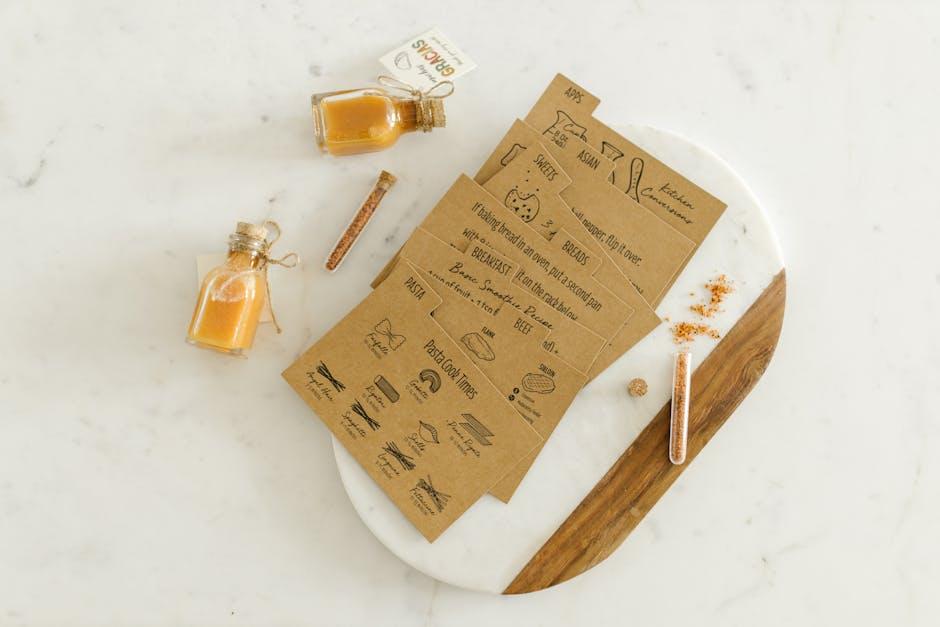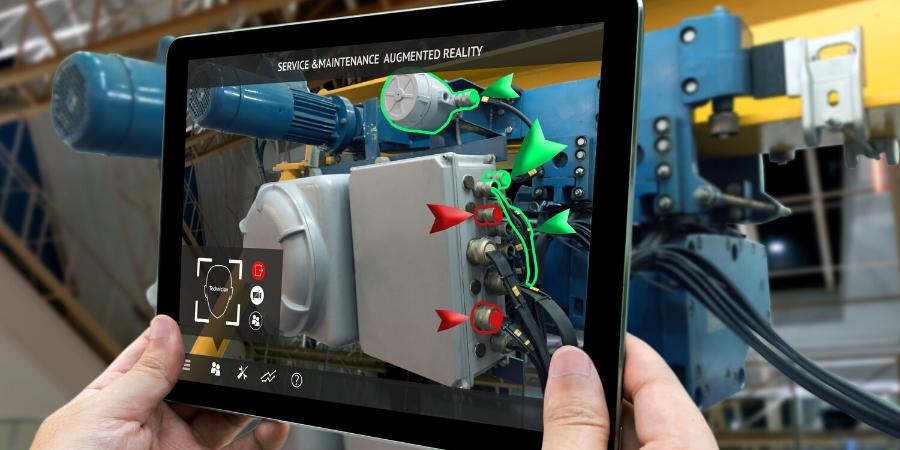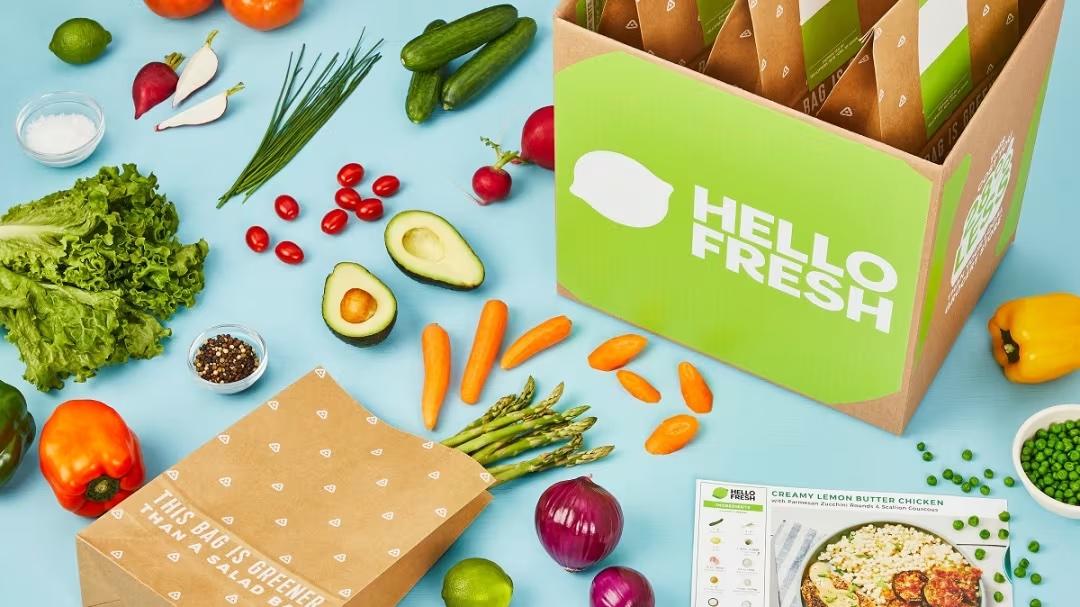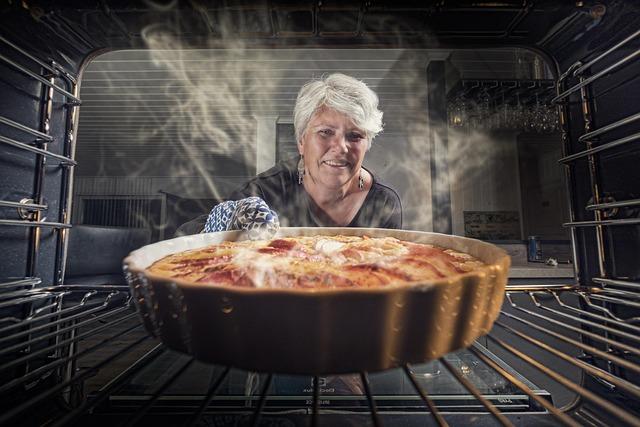In the era of culinary convenience, meal kit delivery services have revolutionized how we approach cooking at home. Among the frontrunners in this bustling market is HelloFresh, renowned for its diverse recipe offerings and user-amiable guidance. But as technology continues to weave its way into our daily lives, a compelling debate arises: Are the classic recipe cards, with their tangible charm and straightforward format, outshined by the sleek allure of digital instructions? this article delves into the nuances of HelloFresh’s recipe cards versus their digital counterparts, exploring which option truly provides a more user-friendly experience. Join us as we dissect the pros and cons of each approach, helping you decide which method will elevate your next culinary adventure.
Exploring User Preferences: The Charm of tangible Recipe Cards
As the culinary landscape evolves, the allure of tactile recipe cards persists, drawing in users who cherish the sensory experience of cooking. Holding a beautifully designed card in hand, with its vibrant images and well-laid-out instructions, can evoke a sense of nostalgia and connection to the food preparation process. The act of flipping through a collection of recipe cards allows for a personal touch that digital screens often lack. It’s not just about following steps; it’s about interacting with the cooking experience in a physical way, evoking memories and emotions tied to family traditions and shared meals.
This preference for tangible recipes highlights several advantages:
- Ease of Use: No scrolling or searching; just grab and go.
- Visual Appeal: Full-color photography and design can spark creativity.
- Personalization: users can annotate and customize their cookbooks directly.
- Sharing: Recipe cards can easily be passed around among friends and family.
Moreover, in the realm of mindful cooking, the undistracted nature of tangible cards fosters an surroundings conducive to exploration and experimentation in the kitchen. While digital instructions can integrate features like timers and videos, the straightforward accessibility of printed cards allows home cooks to immerse themselves wholly in the art of cooking without the interruptions that often accompany screen time. This nuanced relationship between user preferences and the physicality of recipe cards underscores a timeless charm in an ever-modernizing world.

Navigating the Digital Landscape: Ease of Access and Interactivity
when it comes to user-friendliness in recipe guidance, the means of access and interactivity are crucial factors. HelloFresh recipe cards offer a tactile experience that many find comforting. The feel of the paper, the ability to physically flip through the cards, and the straightforward flow of the recipe steps can enhance the cooking experience. Users have pointed out that being able to quickly glance at a printed card while chopping vegetables is not only convenient but also helps in maintaining focus without the distractions of a digital device. The simplicity of paper cards appeals particularly to those who enjoy a more traditional, hands-on approach in the kitchen.
Conversely, digital instructions embody the evolution of cooking guidance by providing an interactive platform that many find appealing. Cookers can access their recipes via smartphones, tablets, or computers, making it easy to view them from any angle in the kitchen. Plus, digital formats offer several advantages such as:
- Searchable content to quickly find recipes based on available ingredients
- Video tutorials for visual learning
- Adjustable serving sizes that automatically update ingredient measurements
This versatility ensures users can enjoy a customized cooking experience, while features like timers and shopping lists enhance meal prep efficiency significantly. The ability to scroll through instructions hands-free or save favorite recipes with just a tap can turn a regular cooking session into a seamless, enjoyable activity.

Visuals and Instructions: A Comparison of Clarity and Engagement
When it comes to preparing a meal,the clarity of instructions can be as crucial as the recipe itself. HelloFresh’s printed recipe cards offer a tactile experience, allowing users to easily follow along without the distractions that often accompany digital devices. Each card is designed with vibrant visuals that not only illustrate the finished dish but also provide step-by-step images to guide users through the cooking process.The layout is intuitive, featuring color-coded sections for ingredients and instructions, which enhances readability and minimizes confusion. A few key advantages of using HelloFresh recipe cards include:
- Tactile engagement: Physical cards create a hands-on experience.
- Visual aids: Illustrations and photos clarify each step.
- Simplified association: Clear layout reduces cognitive load.
On the other hand,digital instructions often come with their own set of features that can enhance user engagement. Many apps or websites may offer interactive elements such as timers, adjustable serving sizes, and even video tutorials. Digital formats allow for seamless updates and modifications in real-time, which is particularly beneficial for users with dietary restrictions. However, the digital landscape can also present challenges, such as screen glare or connection issues when hands are messy from cooking. Comparing the two methods reveals some basic differences in user experience:
| Feature | HelloFresh Recipe Cards | Digital Instructions |
|---|---|---|
| Clarity of Instructions | High – Visual step-by-step guidance | Varies – Depends on the interface |
| User Engagement | Direct engagement with physical cards | Potential for interactive elements |
| Accessibility | Available without devices | Requires a device and internet |

Making the Choice: Key Recommendations for Home Cooks
When it comes to choosing between HelloFresh’s recipe cards and digital instructions, consider the tangible benefits of each format. For those who prefer a more traditional approach, the recipe cards offer a straightforward, tactile experience that many find comforting. Thes cards allow home cooks to quickly glance at ingredients and steps without the distractions of a screen. In contrast, digital instructions can be a godsend for tech-savvy cooks who appreciate the ability to zoom in on details or adjust serving sizes with just a few clicks. Think about your cooking environment and which format would help you stay organized:
- Recipe Cards: Easy to bookmark, no batteries required, ideal for avoiding phone screen messes.
- Digital Instructions: Interactive features, easy access to updates and additional tips, integrated timers.
Additionally, the learning curve associated with each option is worth considering. Beginner cooks may find printed cards simpler and less overwhelming, while experienced chefs might enjoy the enhanced functionalities that digital platforms provide, making it easier to scale up recipes or search for substitutions. To help visualize your cooking journey,here’s a quick comparison of both methods based on user-friendliness and accessibility:
| Feature | Recipe Cards | Digital Instructions |
|---|---|---|
| Ease of Use | ✔️ Straightforward layout | ✔️ Interactive,can zoom |
| Accessibility | ✔️ Always within reach | ✔️ Available anywhere with internet |
| Flexibility | ❌ Less adaptable | ✔️ Adjustable serving sizes |
Closing Remarks
In the ever-evolving landscape of home cooking,the choice between HelloFresh recipe cards and digital instructions prompts a thoughtful evaluation of user-friendliness. Each format presents its unique set of advantages, catering to different preferences and lifestyles. As we navigate the world of meal kits, the tactile allure of paper cards, with their straightforward layout and no-device-necessary convenience, stands in contrast to the dynamic, interactive features of digital instructions that offer flexibility and adaptability at our fingertips.
Ultimately, the user experience hinges on individual taste—whether one gravitates towards the nostalgic comfort of classic recipe cards or the modern allure of digital innovation. As we continue to explore the ways technology enhances our culinary adventures, the heart of home cooking remains the joy of crafting a meal from start to finish. Whatever your preference, both methods are windows into a world of flavor and creativity, inviting you to savor every moment spent in the kitchen. So,whether you find yourself flipping through cards or scrolling on a screen,the path to deliciousness is yours to choose. Happy cooking!
